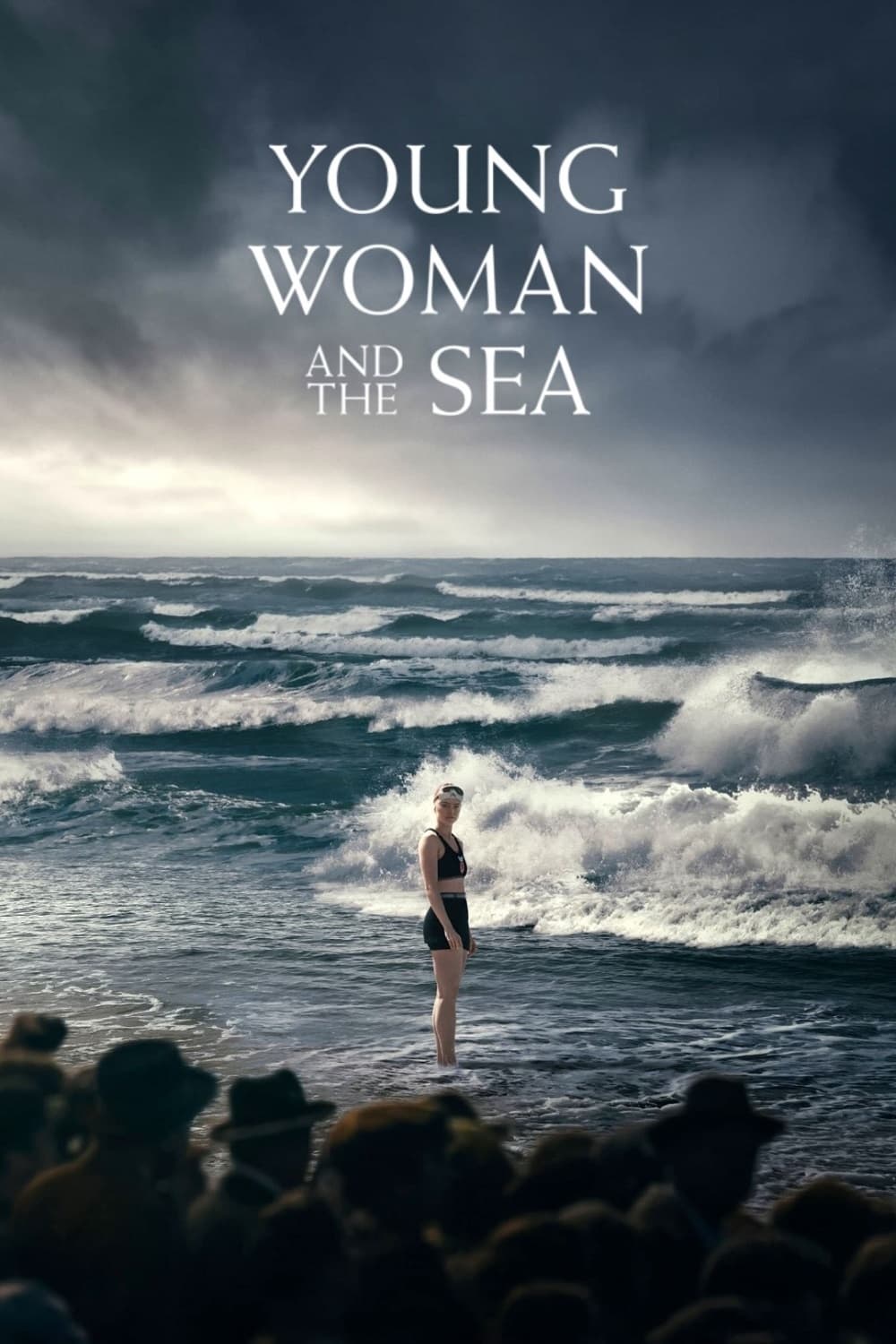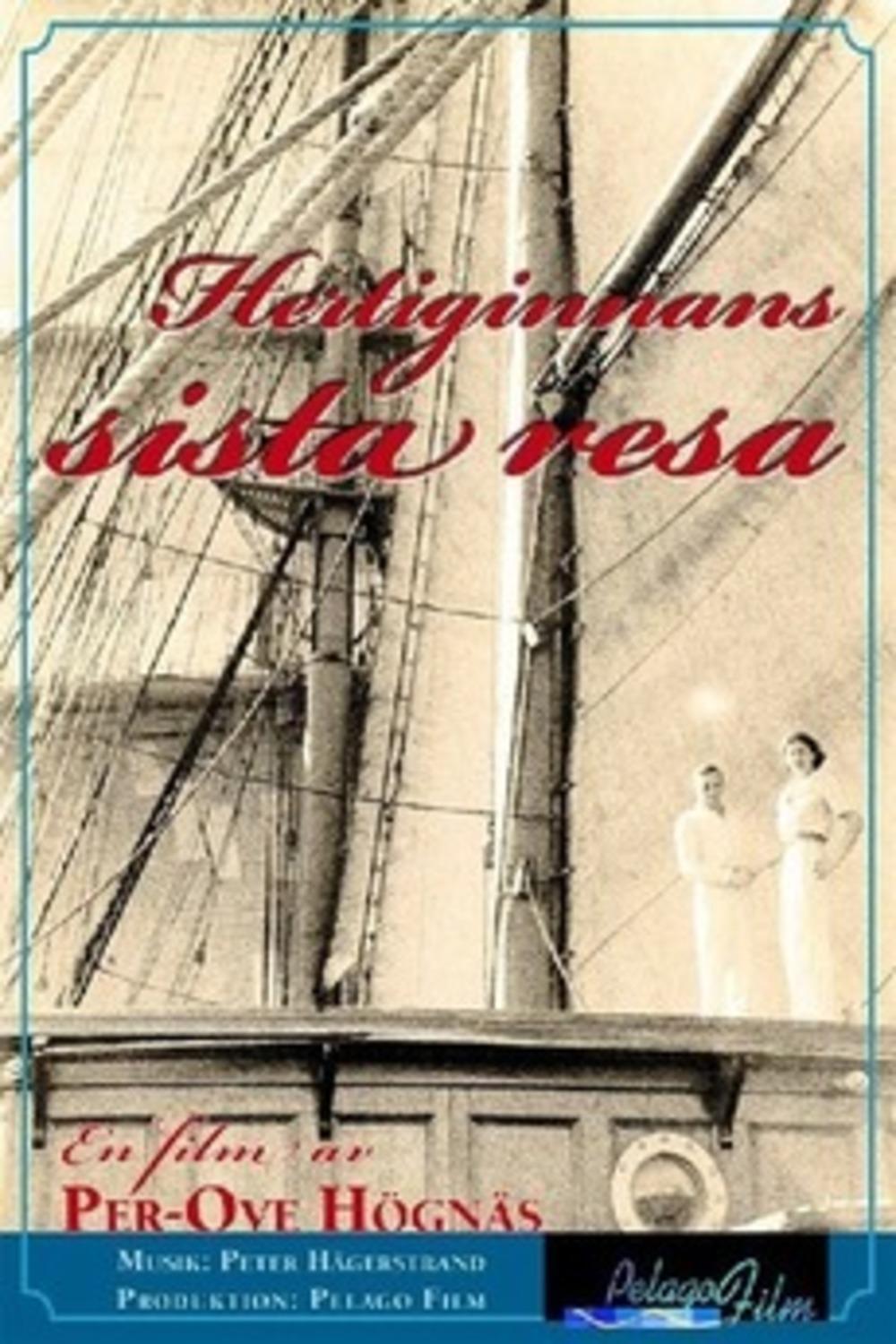
This is the extraordinary true story of Trudy Ederle, the first woman to successfully swim the English Channel. Through the steadfast support of her older sister and supportive trainers, she overcame adversity and the animosity of a patriarchal society to rise through the ranks of the Olympic swimming team and complete the 21-mile trek from France to England.

Nikki is no professional athlete. Still, she swims the English channel to raise money for a good cause.


Documentary series following the lives of those that use the English Channel for pleasure, those that earn a living from it, and most importantly those who keep it safe.

The plot follows detectives Karl Roebuck and Elise Wasserman working together to find a serial killer who left the upper-half body of a French politician and the lower-half of a British prostitute in the Channel Tunnel, at the midpoint between France and the UK. They later learn that the killer—who comes to be nicknamed the "Truth Terrorist"—is on a moral crusade to highlight many social problems, terrorising both countries in the process

The Channel Tunnel linking Britain with France is one of the seven wonders of the modern world but what did it take to build the longest undersea tunnel ever constructed? We hear from the men and women, who built this engineering marvel. Massive tunnel boring machines gnawed their way through rock and chalk, digging not one tunnel but three; two rail tunnels and a service tunnel. This was a project that would be privately financed; not a penny of public money would be spent on the tunnel. Business would have to put up all the money and take all the risks. This was also a project that was blighted by flood, fire, tragic loss of life and financial bust ups. Today, it stands as an engineering triumph and a testament to what can be achieved when two nations, Britain and France put aside their historic differences and work together.

The "Herzogin Cecilie" flew before the wind; she was considered the fastest windjammer of her day. Launched by Rickmers boatyard in 1902, the four-masted training barquentine carried saltpeter from Chile and wheat from Australia to Europe. She won the "great grain race" between Down Under and Europe a total of eight times for her Finnish owner Gustaf Erikson. In 1936, she completed the voyage between Wallaroo in South Australia and the English port of Falmouth in just 86 days. But she was never to make it back to her home port. Leaving Falmouth in rough seas and a dense fog, she ran into cliffs and started taking on water. The barque's last trip was also the honeymoon of captain Sven Erikson and his new bride, journalist and writer Pamela Bourne. Under the watchful eye of the international press, they undertook incredible efforts to save the ship.
By browsing this website, you accept our cookies policy.